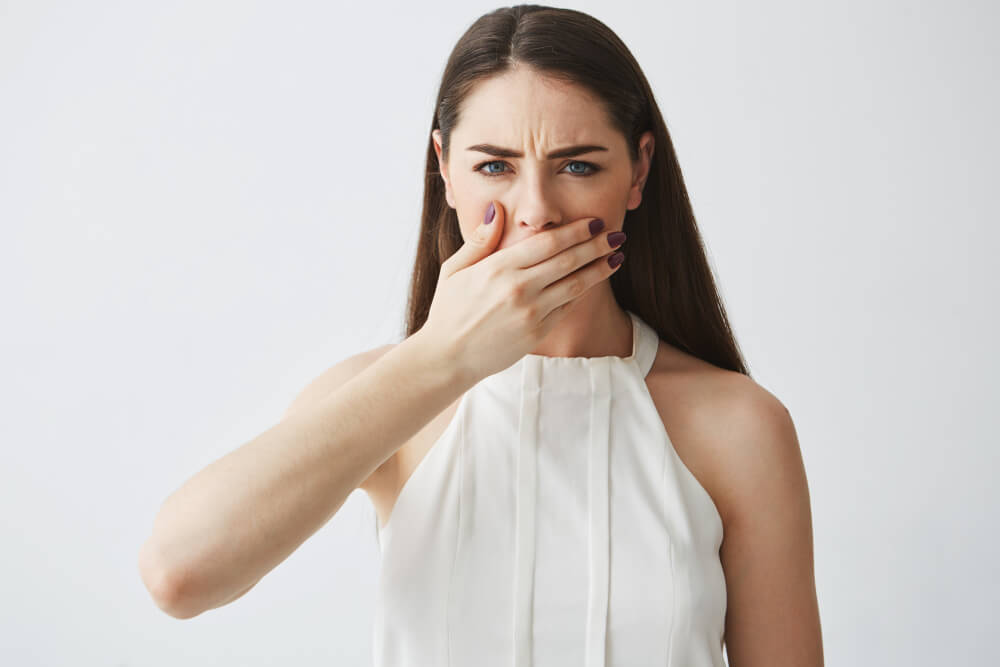Hypersalivation, also known as hypersalivation, is the excessive production of saliva or the inability to manage it adequately within the oral cavity, which can lead to drooling or difficulty swallowing. It can be transient or chronic and affect the patient’s quality of life.
Causes of Sialorrhea
Neurological disorders
Some diseases affect muscle control and coordination, making it difficult to swallow saliva:
- Cerebral palsy
- Parkinson’s disease
- Amyotrophic Lateral Sclerosis (ALS)
- Stroke (ictus)
Medication
Certain drugs can stimulate salivary production:
- Clozapine (antipsychotic)
- Rivastigmine and other acetylcholinesterase inhibitors (used in Alzheimer’s disease)
- Pilocarpine and cevimeline (for xerostomia in Sjögren’s syndrome)
3. Dental and oral causes
- Malocclusion or lip incompetence
- Aphthous or oral infections
- Use of ill-fitting prostheses
4. Physiological or transitory factors
- Pregnancy (gestational hypersalivation)
- Gastroesophageal reflux (GER)
- Anxiety or excessive excitement
5. Other causes
- Heavy metal poisoning (lead, mercury)
- Infectious diseases such as rabies or mononucleosis
Treatments for Sialorrhea
Conservative treatments
- Myofunctional therapy: exercises to improve orofacial muscle tone and swallowing control.
- Modification of posture and habits: in mild cases, small changes in head position or strategies to remember to swallow more frequently may help.
- Dental correction: orthodontics or well-fitted dentures can improve lip closure.
Pharmacological treatment
- Anticholinergics:
- Glycopyrrolate (oral or transdermal)
- Scopolamine (transdermal patch)
- Atropine sublingual drops
- Botulinum toxin type A (“Botox”)
- Injections in the major salivary glands (parotid and submandibular) to reduce saliva production temporarily (3-6 months).
Surgical treatment
For severe cases resistant to other treatments:
- Ligation or removal of salivary glands (parotid/submandibular).
- Redirection of salivary ducts to avoid accumulation of saliva in the mouth.
4. Radiotherapy
It is used in patients with advanced neurological diseases, such as Parkinson’s disease, to reduce salivary glandular function.
Conclusion
Treatment will depend on the cause and severity of hypersalivation. In mild cases, myofunctional therapy and habit changes may be sufficient. In patients with neurological disorders, medication or botulinum toxin may be effective. For severe cases, surgery is an option of last resort.


